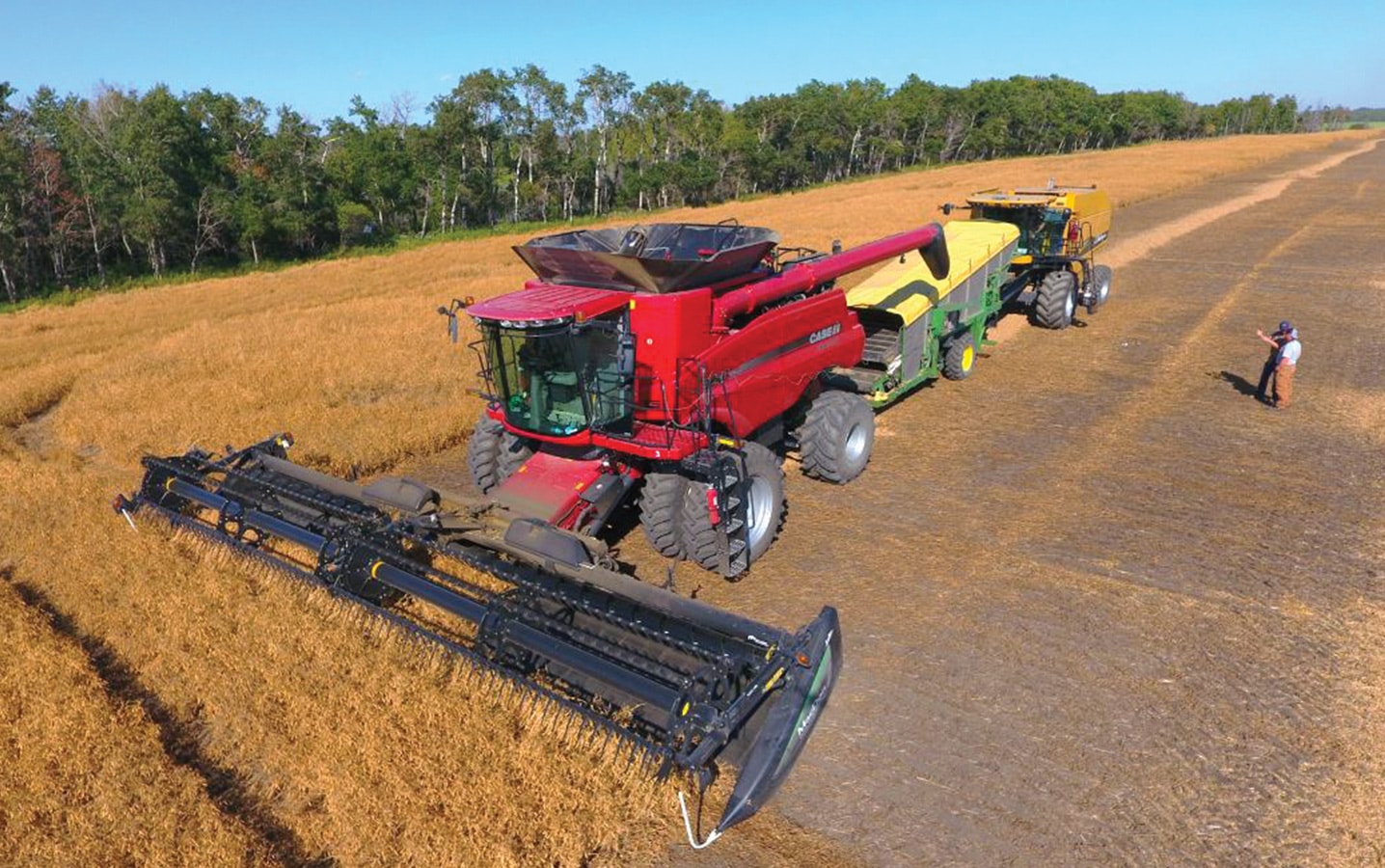

KEY RESULT: SaskCanola administered Growing Forward 2-funded blackleg research projects that concluded over the past year or so. Results from these studies make it possible for farmers to test for the predominant blackleg races in a field and use this information to make strategic decisions for the deployment of varieties. This will reduce blackleg severity...
Read More 
KEY RESULT: Quantitative resistance to blackleg can work to reduce disease severity even when the major resistance gene is no longer effective. The mechanism for QR, at least in the one variety tested, is possibly through programmed cell death (PCD) and reactive oxygen species (ROS) to cut off the growth of L. maculans. PROJECT TITLE,...
Read More 
KEY RESULT: The exact mode of arrival of V. longisporum from other countries to Canada is still unknown, but presence of the pathogen across six provinces of Canada can be attributed to the favourable environmental conditions available to the pathogen. PROJECT TITLE, PRINCIPAL INVESTIGATOR: “Verticillium longisporum in Manitoba: Understanding the pathogen and establishing surveillance capacity,”...
Read More 
KEY RESULT: Cleavers can germinate very early in the spring, making pre-seed burnoff a good way to control the weeds when they’re small and limit cleavers seed in harvested canola. Pre-harvest saflufenacil plus glyphosate may also provide short- and long-term management. PROJECT TITLE, PRINCIPAL INVESTIGATOR: “Assessing the influence of base germination temperature and chemical desiccants...
Read More 
You can’t manage what you can’t measure. That adage from the business world also applies to harvest grain losses. While current grain loss monitors have been slowly improving over time, they still do not directly correlate actual grain loss to the grain loss signal. As a result, grain loss monitors do not provide operators with...
Read More






